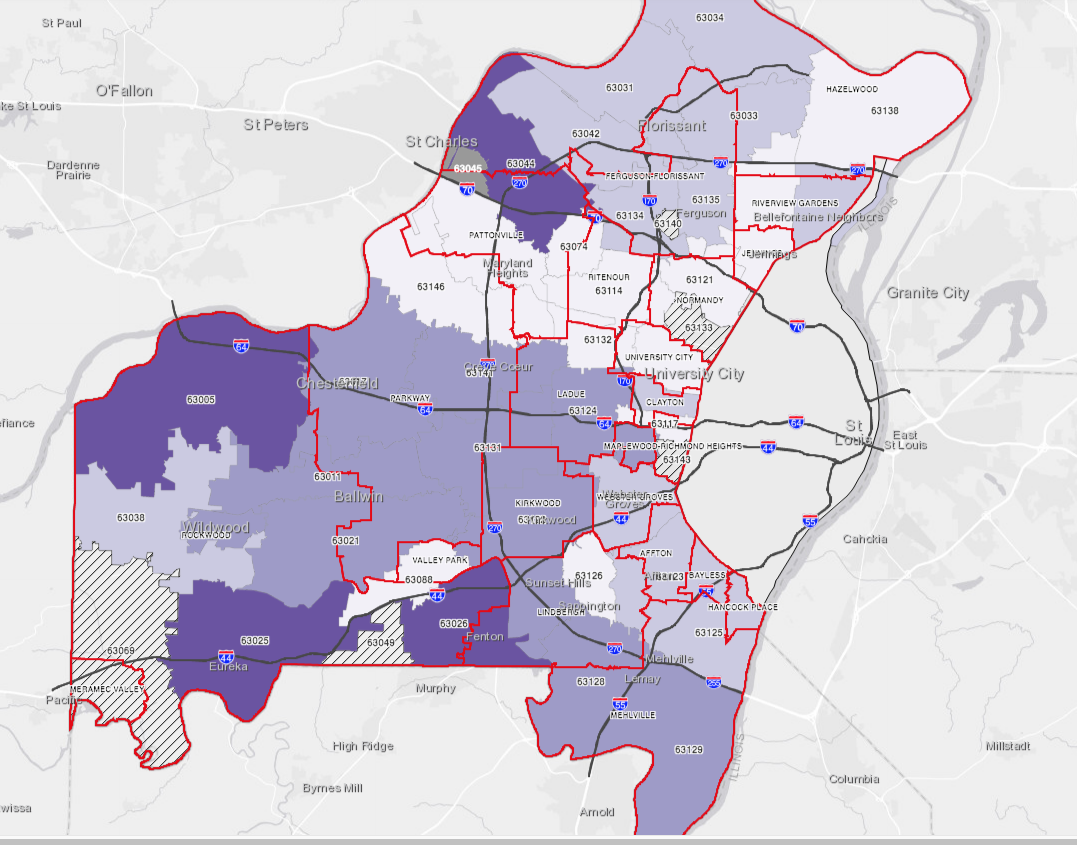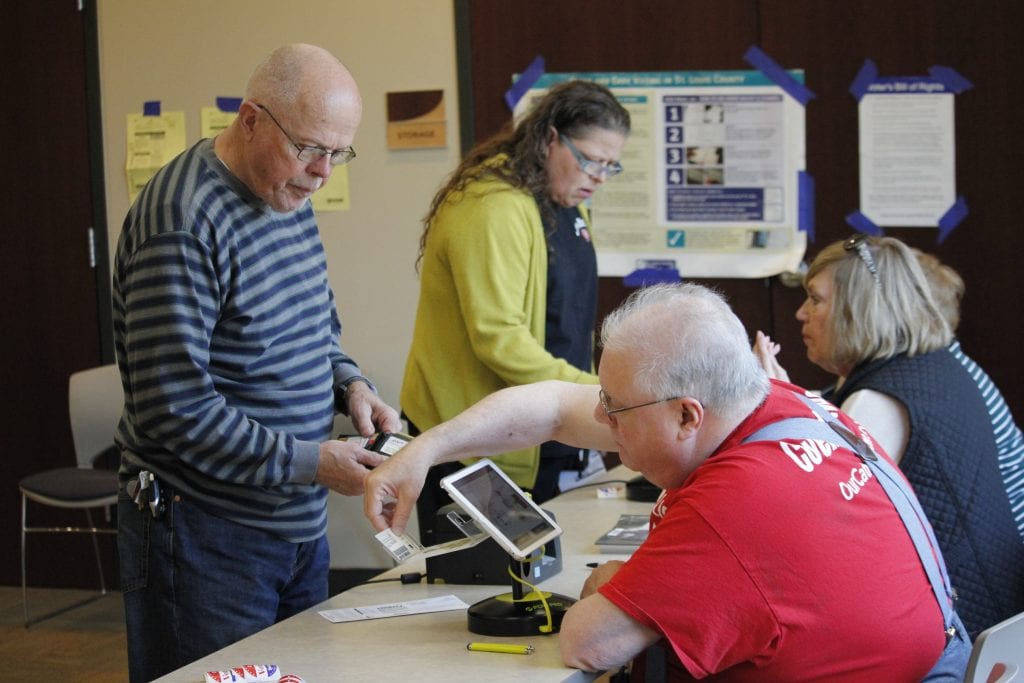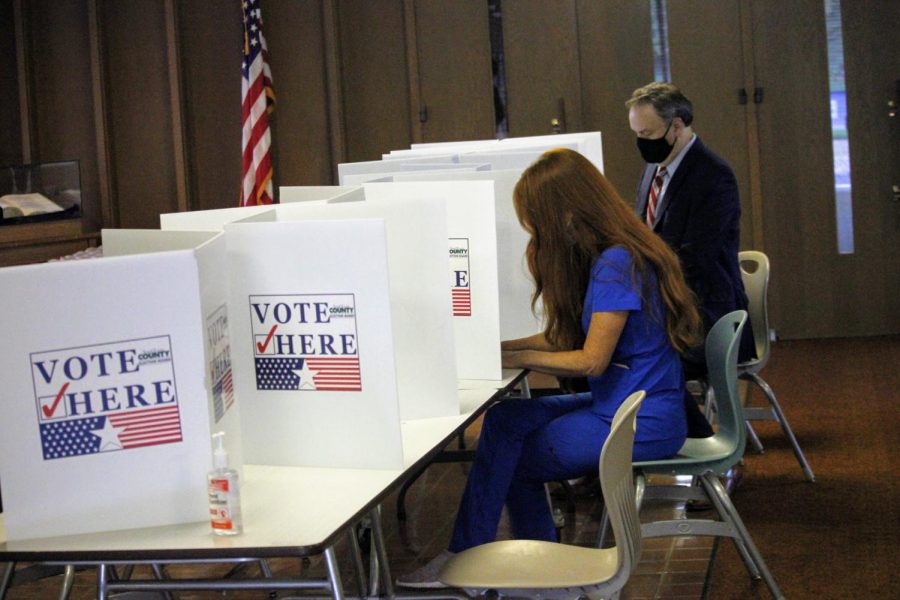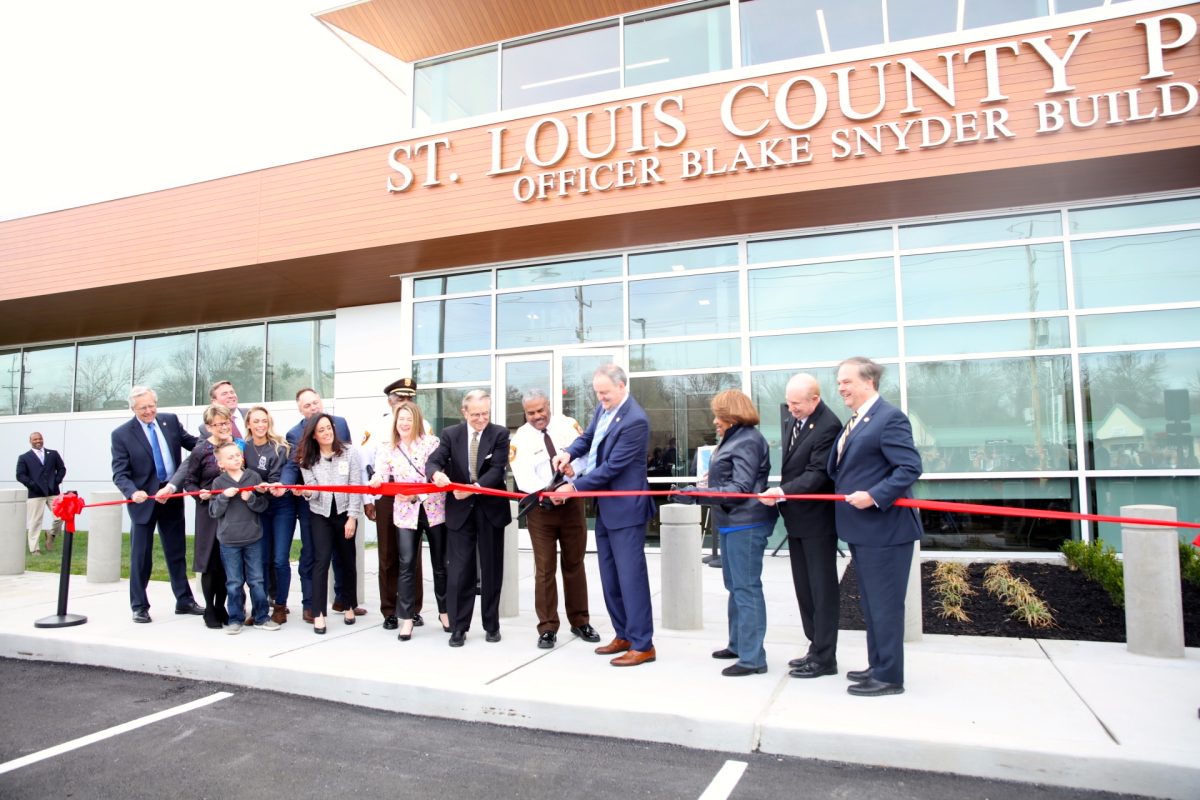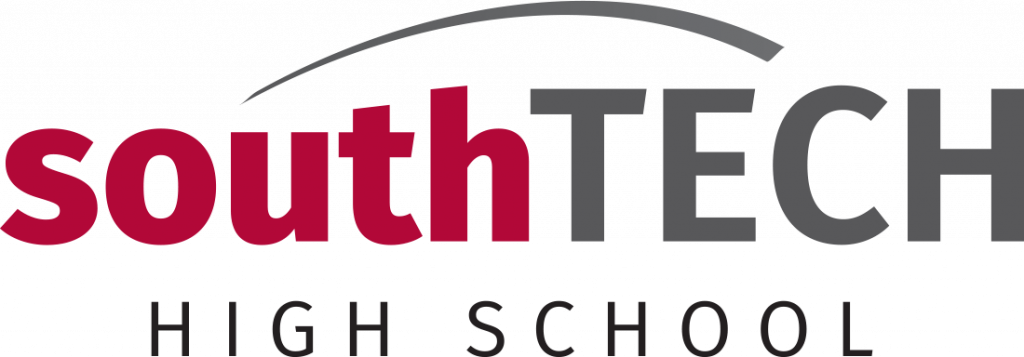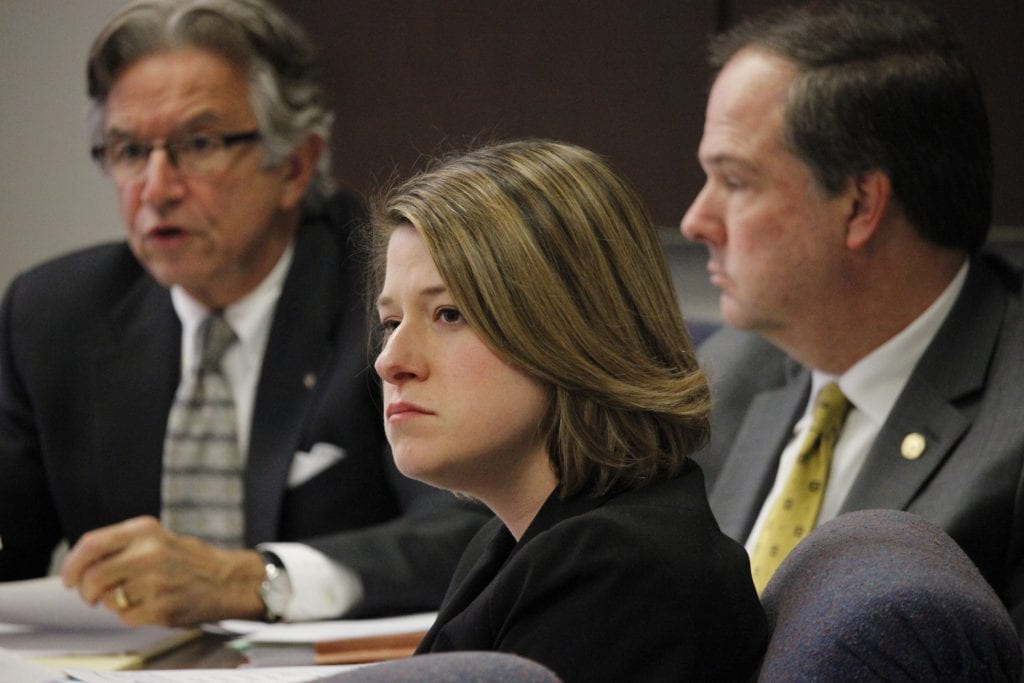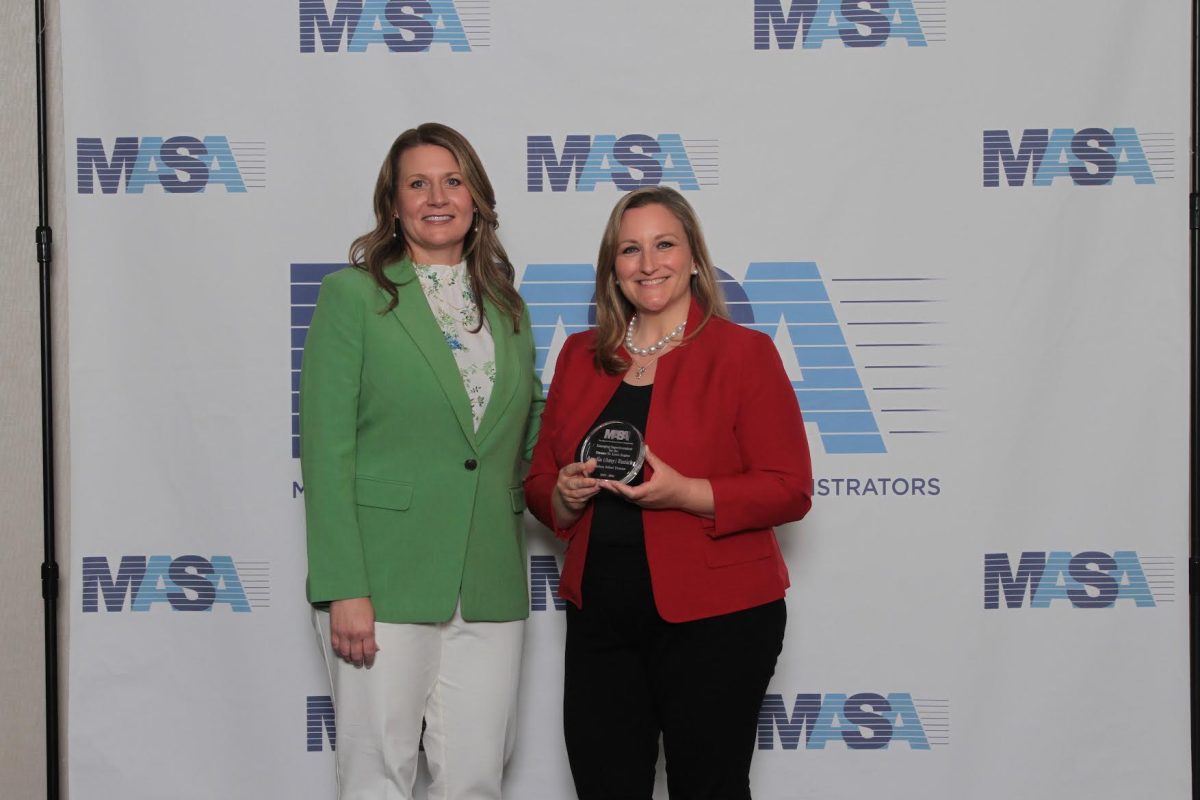Oakville is again the ZIP code seeing the highest number of new COVID-19 cases in the entire St. Louis metropolitan region, but the number of cases is down from the highs of a month ago.
The St. Louis Metropolitan Pandemic Task Force again singled out Oakville in data released Wednesday as the ZIP code with the highest number of new cases in the past seven days, 101.
For the last month, Oakville has been at or near the top of the task force’s ZIP codes in the number of new cases. The data includes ZIP codes from both Missouri and Illinois.
Overall numbers for the region are looking better than they had been for the last month, with the number of new hospital admissions dropping to 28 from 29 yesterday and the seven-day moving average of new hospital admissions falling to 32 from 34 yesterday.
“You’ll see some hotspots come up in some parts of the metropolitan area, where they continue to decline in other parts —we’re seeing localized increase in cases throughout the metropolitan area,” SSM Health Chief Medical Officer Alex Garza, the commander of the task force, said in a briefing Wednesday. “… It’s a little bit of a mixed bag in the metropolitan area as far as cases go. … There’s different regions that are doing well, some not as well.”
Although Garza did not mention Oakville by name in the briefing, its numbers of new cases were higher than the areas Garza singled out in Jefferson and Franklin counties.
Although South County’s ZIP codes are seeing some of the highest case numbers in the county over the last two weeks, the local numbers are trending down from where they were a month ago when the task force first singled out South County and Jefferson County as coronavirus hotspots. Based on that trend downward, the Mehlville School District said Thursday it will return preschool and K-2 students to school starting Sept. 22.
County Executive Sam Page said that he isn’t entirely sure why Oakville would have the highest number of new cases in the last seven days, but proximity to Jefferson County is a possibility, as is a resistance to masking. The county has had a mandatory mask mandate in effect since July 3, and strengthened it Aug. 24 to require businesses to turn away customers who aren’t wearing masks.
The county said at the time that it had received many complaints about people not wearing masks. Page said Friday that the county has noticed many of those complaints from South County.
“Oakville and South County in general, we have noticed we have more complaints about masking in South County,” Page said. “And certainly the proximity to Jefferson County where they do not have a masking mandate and some back-and-forth mobility may be contributing to that.”
The county Department of Public Health is “working with businesses in South County to reinforce our masking mandate, to reinforce those guidelines to help them understand those guidelines and help them communicate with their patrons to try and improve masking compliance in the Oakville area, which we believe is part of the challenge to their high rate of COVID-19 infection in St. Louis County,” Page said.
In new data posted to St. Louis County’s website that shows the case totals and rate per 100,000 cases from the last two weeks, Oakville’s 63129 ZIP code is currently near the top of county rankings, along with Fenton, Eureka and other areas that border Jefferson and St. Charles counties.
In the last 14 days, Oakville has had 143 new cases, with a rate of 266 cases per 100,000 in that same time span. The Concord ZIP code of 63128 has had 85 new cases in the last 14 days, with a rate per 100,000 in that span of 285.
The Affton ZIP code of 63123 had also been singled out as a pandemic hotspot in the last month but has settled down with 95 new cases over the last 14 days, and a rate per 100,000 of 196 in the last 14 days.
Crestwood’s 63126 ZIP code has had 20 cases in the last 14 days, with a rate per 100,000 during those two weeks of 135.
The Lemay ZIP code of 63125 has had 66 cases in the last 14 days, with a rate of new cases per 100,000 of 202 during that time.
In the Sunset Hills 63127 ZIP code, 12 cases have been reported in the last 14 days, which still adds up to a rate per 100,000 of 241.
Although cases at the beginning of the pandemic were more frequently seen in North County, South County’s ZIP codes showed higher rates of transmission the last 14 days compared to most of North County, with the exception of Bridgeton and St. Ann, which border St. Charles County.
For comparison, the 63136 ZIP code in Riverview Gardens had 14 cases in those two weeks and 127 cases per 100,000 during that time. The 63137 ZIP code had 27 total new cases over 14 days, with 195 new cases per 100,000 in those days. The 63135 ZIP code in Florissant had 37 new cases over 14 days, with 169 cases per 100,000 over that time. The 63121 ZIP code in the Normandy School District had 20 cases over 14 days, with a rate-per-100,000 over 14 days of 81. The 63043 ZIP code in Maryland Heights and Pattonville saw 32 new cases over 14 days, and a rate-per-100,000 during that time of 142.
Data leads districts to expand in-person school for younger students
St. Louis County also said Wednesday that new data indicated that the youngest elementary children are not testing positive for the virus at the same levels seen in teenagers, so the county recommended that younger children could return to in-person school.
According to county data, 90 percent of positive cases from schools in the past two weeks have involved middle and high-school students, with the rate of new cases for high-school students nearly 5 times the rate of younger students. Additionally, the positivity rate of the 15-19 age group is 20 percent.
Mehlville announced its decision the next day to return K-2 students to in-person school. Lindbergh Schools had already started school with K-2 students in person, but expanded that to students in fourth and fifth grades starting next week. The other South County school districts, Affton, Hancock and Bayless, have committed to an all-virtual first quarter.
Mehlville Superintendent Chris Gaines showed the district’s data and graphs backing the decision in a video posted Thursday, noting that case numbers in the district are lower than they were a month ago when the decision was made to go all-virtual. In combined case levels in the district’s primary ZIP codes of 63129, 63128 and 63125, numbers are showing a downward trend line overall, Gaines said. The district had seen record high cases in July and August, which prompted the decision to start school all-virtual.
But some parents commenting on the district’s Facebook page said the graphs appeared to show a current upward trend even as overall rates and cases are down from the highs of a month ago. They would have preferred that the district wait two weeks after Labor Day to see if cases spiked again.
Gaines said that transmission data is up, but those numbers cover the whole region, and higher levels in outstate counties are affecting that rate. Positivity rates are also going down, but those are for the whole county. To see the graphs Gaines showed with district-specific data, see the gallery below.
The superintendent said that the district received no data for the seven days of Sept. 1 to Sept. 7, so when all those cases were released Sept. 8, that made the graphs appear to show a spike where there wouldn’t have otherwise been one.
The transmission rate in the region is hovering around 1, which means that each case leads to around one more case.

Since July 28, the St. Louis County positivity rate — the rate of people taking COVID-19 tests who test positive — has fallen from around 10 percent to around 7.5 percent. The district is also analyzing the seven-day, 14-day and 21-day trends for positivity. Those have all fallen overall.
Gaines is also looking at the ZIP code-specific data for Oakville, Concord and Lemay, also on seven-day, 14-day and 21-day trend lines. Those have been trending downward overall, although the seven-day graph shows a dip and then a spike back up.
The district is also weighing the seven-day average of new cases per 100,000 residents for ZIP codes 63129, 63128 and 63125. That trend has fallen from around 30 cases around Aug. 1 and Aug. 19 to just over 20 cases as of Sept. 8.
The seven-day average of new cases per 100,000 over the last seven days, 14 days and 21 days also shows a downward trend overall, although the seven-day average turned down and then headed back up Sept. 9.
To make its decisions, Lindbergh is analyzing the total new COVID-19 per 100,000 individuals for Lindbergh ZIP codes, new cases per 100,000 by age group for St. Louis County, and the St. Louis County transmission and positivity rates.
The district now has a COVID-specific dashboard on its website for Lindbergh-specific data: https://go.lindberghschools.ws/Page/16079
The district looks not just at Lindbergh ZIP codes, but the ZIP codes directly surrounding as well. The ZIP codes Lindbergh looks at for its own district are Fenton’s 63026, Affton and Green Park’s 63123, Kirkwood’s 63122, Crestwood’s 63126, 63127 of Sunset Hills and 63128 for Concord.
The surrounding areas the district analyzes include Oakville 63129, Shrewsbury 63119 and Lemay 63125.
